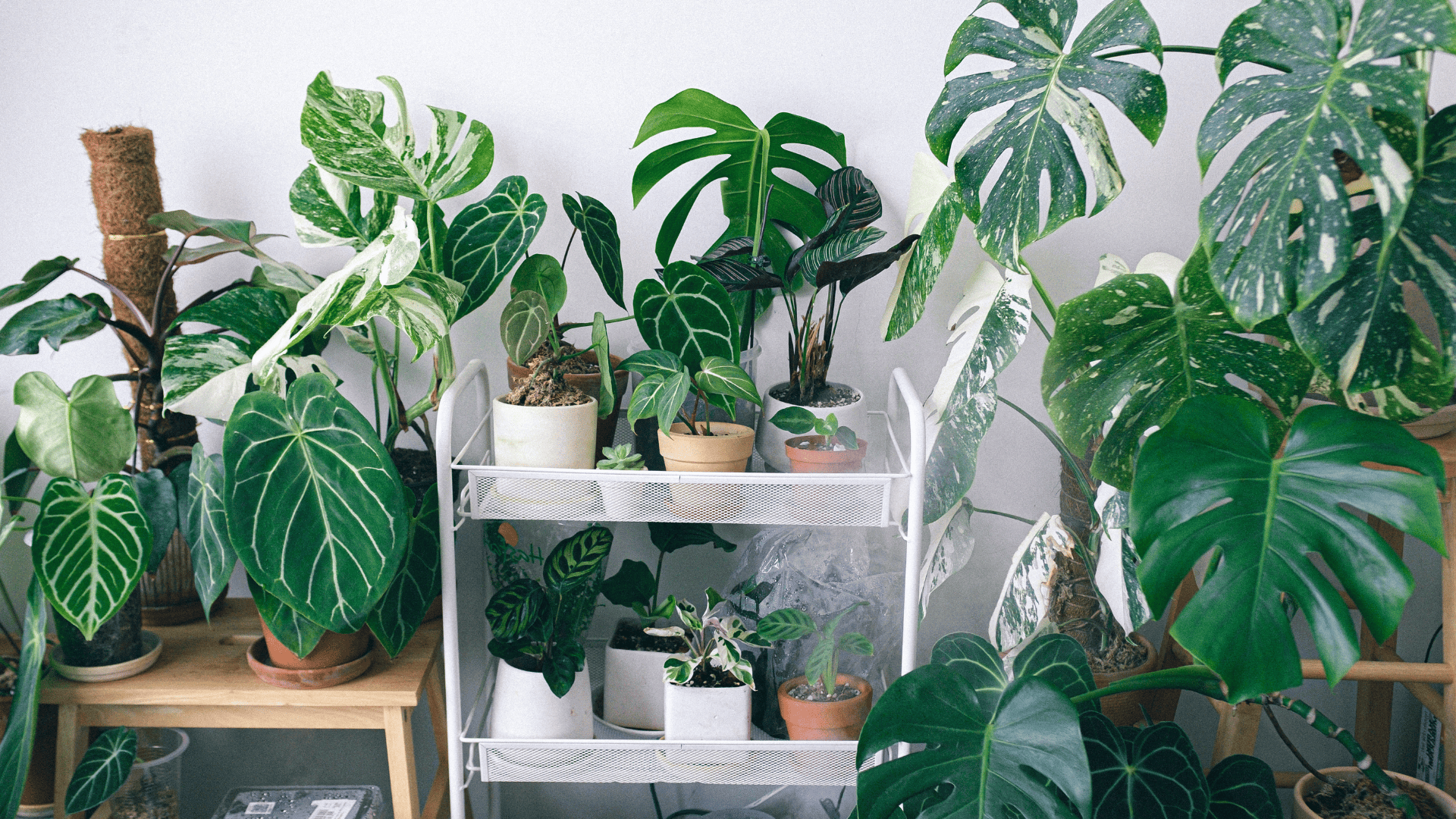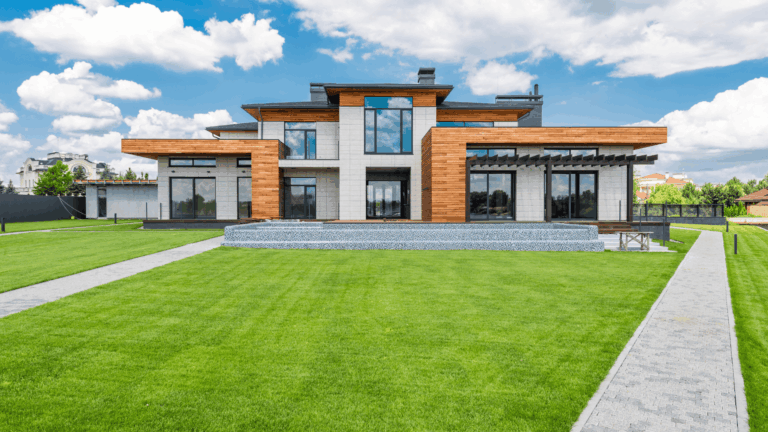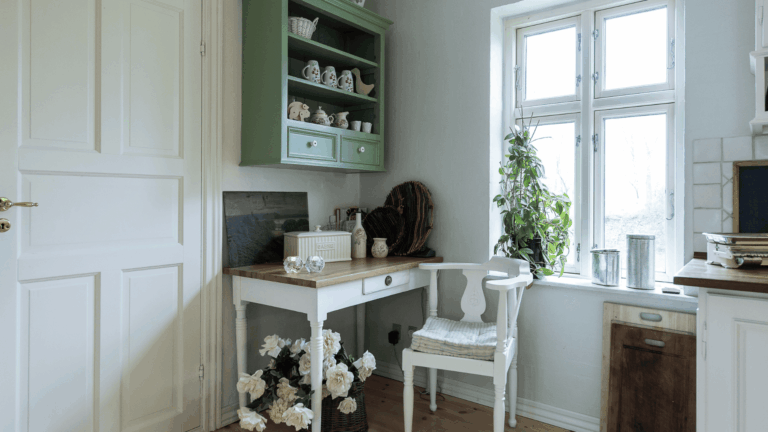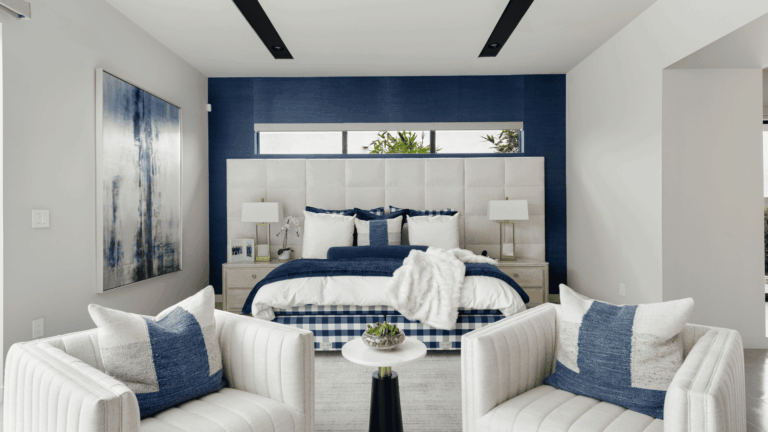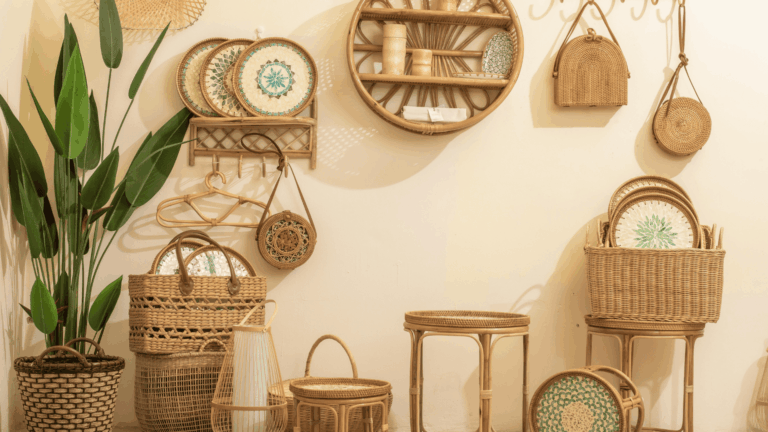10 Brilliant Ideas for a Vertical Garden Wall Indoors (Transform Your Space Naturally)
Discover creative ideas, practical tips, and inspiring examples for building a Vertical Garden Wall Indoors — the perfect way to purify air, save space, and elevate your interior design naturally.
The Rise of Indoor Vertical Gardens
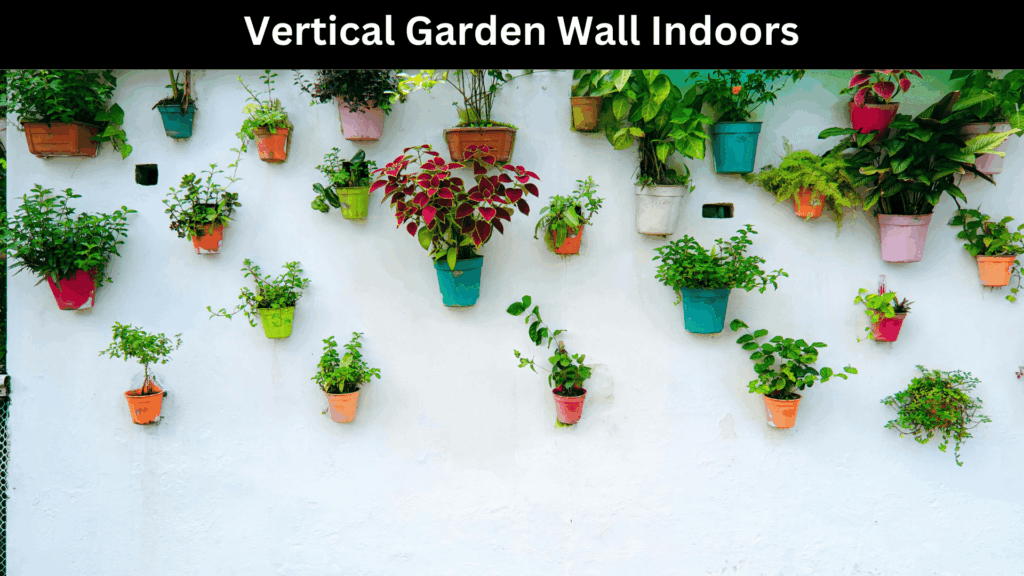
In today’s fast-paced urban world, green spaces are becoming increasingly scarce. Yet, the desire to stay connected to nature is stronger than ever. This yearning has given birth to a remarkable design trend — the Vertical Garden Wall Indoors. Combining creativity, sustainability, and modern aesthetics, these lush living walls transform ordinary rooms into vibrant sanctuaries of tranquility and health.
Unlike traditional potted plants that occupy valuable floor space, indoor green walls grow vertically, breathing life into bare walls and underutilized corners. From compact apartments to spacious offices, vertical gardens have become a powerful symbol of balance — merging nature’s serenity with human innovation.
Let’s dive deep into what makes these green masterpieces so special, and how you can create your own stunning vertical garden wall indoors.
Understanding the Concept of a Vertical Garden Wall Indoors
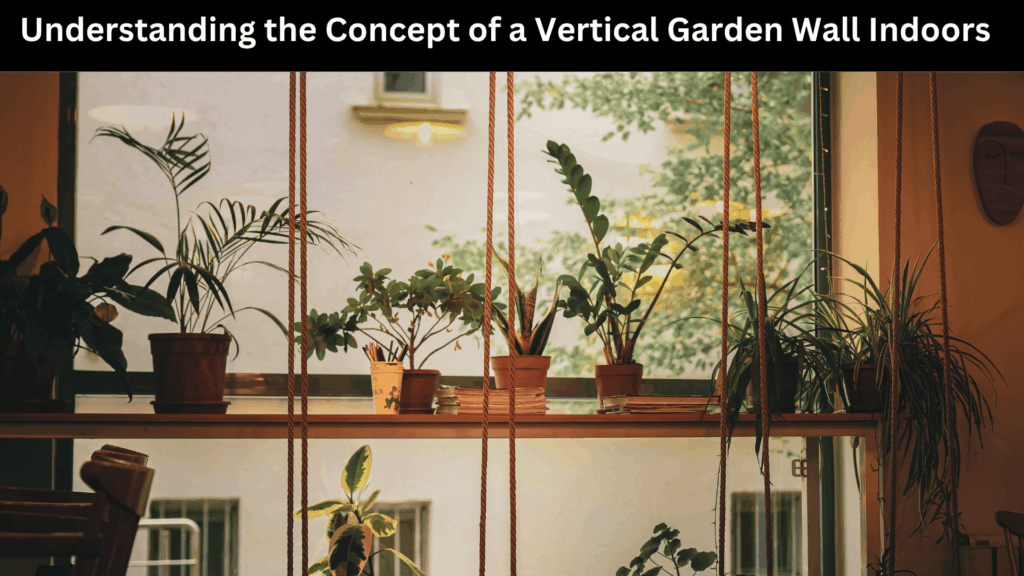
A Vertical Garden Wall Indoors is essentially a structure that supports plant growth on vertical surfaces, allowing greenery to flourish upward rather than outward. These gardens use panels, containers, or modular systems that anchor plants along walls, often supported by irrigation and lighting systems.
The concept originated from the idea of living walls used in large architectural projects but has now been adapted for home interiors. Whether mounted as a permanent fixture or a movable installation, indoor vertical gardens can be customized to any space — offering both visual delight and environmental benefits.
Why Indoor Green Walls Are Gaining Popularity
The appeal of indoor vertical gardens extends far beyond aesthetics. They embody sustainability, innovation, and wellness. In cities where space is a premium, green walls provide an ingenious way to reintroduce nature into daily life. Moreover, as biophilic design — the integration of nature into interior spaces — becomes a cornerstone of modern architecture, homeowners are embracing living walls for their ability to promote well-being, reduce stress, and increase productivity.
Benefits of a Vertical Garden Wall Indoors
Improving Indoor Air Quality and Humidity
Plants are natural air purifiers. They absorb carbon dioxide, release oxygen, and filter out harmful toxins like benzene and formaldehyde from household air. A dense wall of greenery significantly enhances air circulation and increases humidity — ideal for dry or air-conditioned environments.
Enhancing Aesthetics and Mood
Few design elements can compete with the tranquil beauty of a lush green wall. The natural textures and shades of green create a calming effect, improving focus, relaxation, and emotional well-being. Studies have shown that simply viewing plants can lower stress levels and elevate mood.
Space-Saving and Eco-Friendly Design
For small homes or apartments, vertical gardens make excellent use of limited space. They replace bulky planters with sleek, wall-mounted systems, allowing homeowners to enjoy greenery without sacrificing square footage.
Boosting Focus and Creativity
Adding plants to your workspace or living area has been proven to enhance concentration and creativity. The gentle presence of greenery fosters mindfulness and helps reduce fatigue — making it perfect for home offices and study areas.
Essential Components of an Indoor Vertical Garden

Choosing the Right Frame and Structure
A strong and lightweight frame supports your plants and growing medium. Options include metal grids, wooden panels, or modular plastic units. Each structure can be tailored to your interior aesthetic and installation needs.
Selecting Plants Suitable for Indoor Conditions
Since light and humidity indoors differ from outdoor conditions, choose species that thrive in lower light. Ferns, pothos, peace lilies, and philodendrons are popular choices that adapt well indoors.
Irrigation and Drainage Systems
A self-watering or drip irrigation system keeps the plants hydrated while preventing overwatering. Proper drainage is essential to avoid root rot and mold buildup on your walls.
Lighting Considerations
Natural light may not always suffice. Incorporate LED grow lights to ensure your plants receive the necessary spectrum for photosynthesis. Adjustable lighting allows you to maintain plant health throughout the year.
Best Plants for a Vertical Garden Wall Indoors
Low-Light Plants
- Pothos
- Ferns
- Philodendrons
- Snake Plants
Flowering Plants
- Peace Lily
- Anthurium
- Begonia
Edible Herbs
- Mint
- Basil
- Thyme
- Parsley
These plant varieties not only flourish in vertical settings but also bring fragrance and freshness to your home environment.
Step-by-Step Guide to Creating a Vertical Garden Wall Indoors
- Select the Perfect Wall — Choose a wall that receives moderate natural light or can accommodate artificial lighting.
- Pick Your System — Decide between pocket planters, hydroponic panels, or modular units.
- Prepare the Surface — Install a waterproof layer to protect the wall from moisture damage.
- Mount the Frame — Secure your frame or structure to the wall using strong anchors.
- Add the Plants — Arrange plants based on color, texture, and growth habits for a balanced design.
- Set Up Irrigation — Connect a self-watering or drip irrigation system for easy maintenance.
- Light It Up — Install LED grow lights if your space lacks sufficient sunlight.
This hands-on approach allows anyone to create a breathtaking vertical garden at home.
DIY Vertical Garden Ideas for Apartments and Small Spaces
- Use Recycled Materials: Wooden pallets or plastic bottles make creative and eco-friendly garden containers.
- Try Magnetic or Hanging Gardens: Perfect for renters who can’t drill walls.
- Install Modular Systems: Portable, stackable garden panels are easy to relocate or expand.
Maintenance Tips for Indoor Green Walls
Regular maintenance keeps your garden lush and healthy.
- Water consistently, but avoid overwatering.
- Trim overgrown plants to maintain structure.
- Fertilize lightly every few months.
- Inspect regularly for pests or mold.
A well-maintained vertical garden can thrive for years with minimal effort.
Cost and Budget Planning
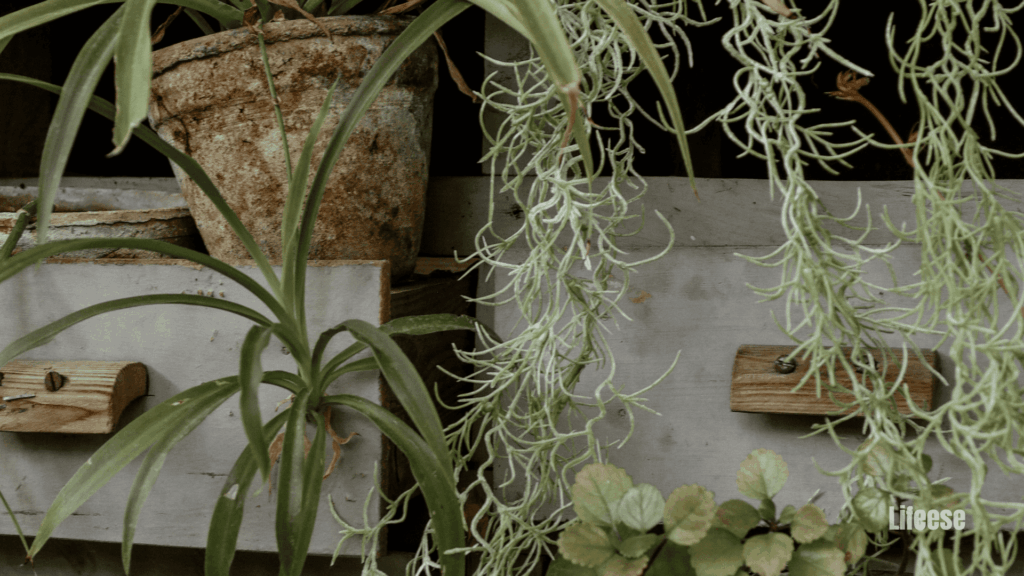
- DIY setups can cost between $100–$300 depending on size and materials.
- Professional installations may range from $800–$3000, including irrigation and lighting systems.
While it’s an investment, the long-term benefits — improved air quality, aesthetics, and wellness — make it worthwhile.
Smart Technology in Indoor Gardening
Modern smart gardens now include automated watering systems, moisture sensors, and mobile app integration. These innovations simplify care routines, making it easier to sustain a thriving vertical garden even with a busy lifestyle.
Integrating Green Walls into Interior Design
Indoor vertical gardens can complement nearly any style — modern, rustic, minimalist, or boho chic.
- Use them as living art pieces in living rooms.
- Install them as dividers between spaces.
- Frame them with natural wood or metal for a bold statement.
Common Mistakes to Avoid
- Overwatering or poor drainage setup.
- Choosing unsuitable plants.
- Neglecting adequate light or airflow.
By anticipating these issues, you’ll ensure your garden remains vibrant and sustainable.
Sustainability and Environmental Impact
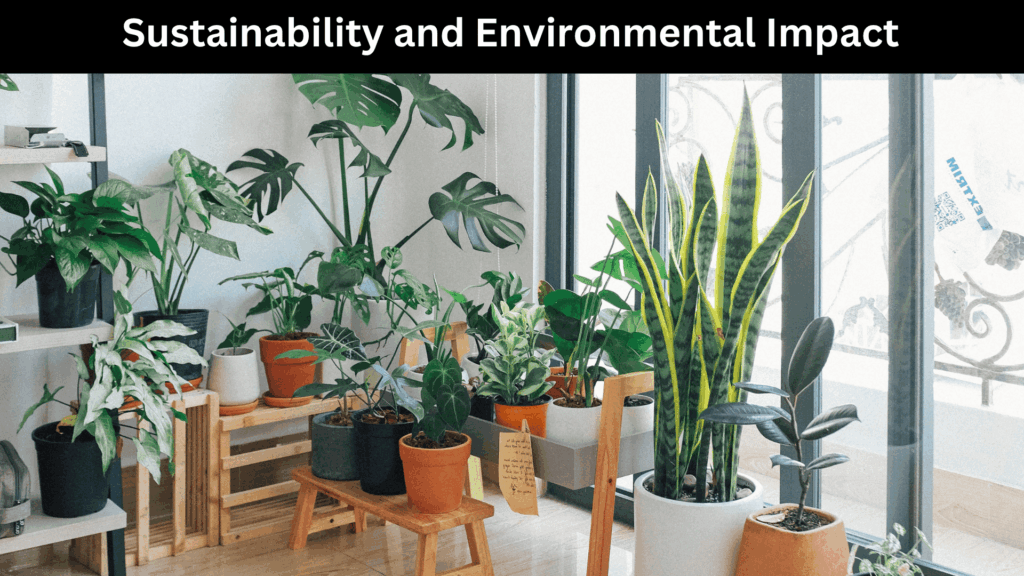
Vertical gardens promote sustainable living. They reduce carbon footprints, purify air, and improve overall indoor ecosystems. Opting for recyclable materials like bamboo, coconut fiber, or reclaimed wood adds to their eco-friendly appeal.
Inspirational Examples
From lush office walls to cozy living room accents, vertical gardens have been featured in homes and businesses worldwide.
- Residential Spaces: Living rooms, bathrooms, and kitchens.
- Commercial Areas: Offices and cafes.
- Public Installations: Hotels, museums, and wellness centers.
Each design proves that nature can flourish beautifully indoors.
FAQs
How often should I water an indoor vertical garden?
Typically once or twice a week, depending on humidity and plant type.
Which plants require the least maintenance indoors?
Snake plants, pothos, and philodendrons are low-maintenance choices.
Can I install a vertical garden in low-light rooms?
Yes, just add LED grow lights to support healthy growth.
Do vertical gardens damage walls or paint?
Not if you use waterproof barriers and proper installation techniques.
How do I prevent mold or mildew?
Ensure good air circulation and proper drainage.
What’s the best fertilizer for indoor plants?
Use a diluted liquid fertilizer every 4–6 weeks during growth seasons.
Conclusion
Creating a Vertical Garden Wall Indoors is more than a design trend — it’s a lifestyle choice that blends beauty, functionality, and sustainability. With careful planning and a touch of creativity, any wall can become a living piece of art that refreshes both the air and the soul. Whether you’re designing a minimalist corner garden or a full-scale green wall, your indoor oasis awaits — lush, vibrant, and alive.
